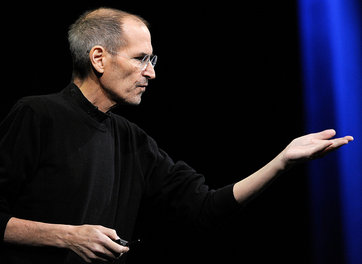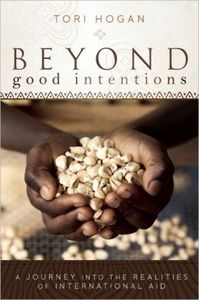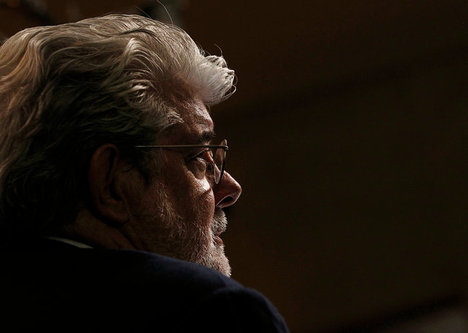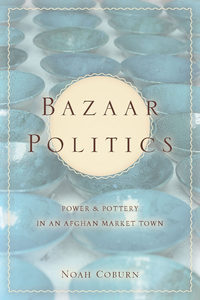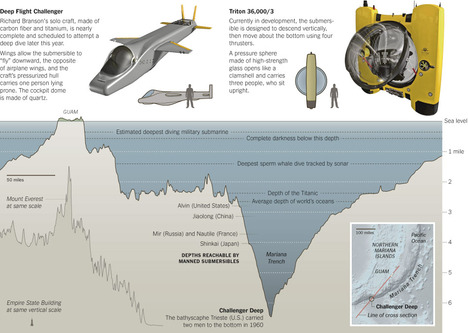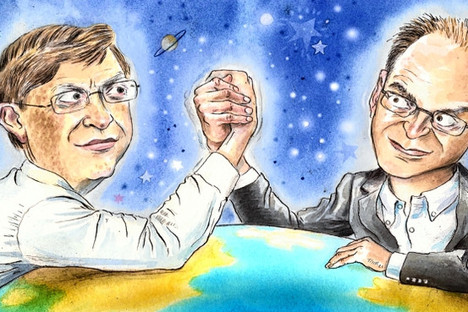(p. B4) Google Inc.is backing a new company to research aging, taking an unusual business swing at the burgeoning science of extending the human life span.
The venture, which is long on goals but short on specifics, is known as Calico, and will operate separately from Google, the online search giant said on Wednesday.
“We believe we can make good progress within reasonable time scales with the right goals and the right people,” Google CEO Larry Page said in a blog post. “This is clearly a longer-term bet.”
. . .
Google provided scant details about how Calico would operate or how it would tackle its ambitions of improving the health of “millions of lives.” But Jay Olshansky, an expert on aging at the University of Illinois of Chicago, said one potentially promising path is to research therapies that target the aging process itself.
While medical research typically focuses on finding treatments and cures for individual ailments such as cardiovascular disease and cancer, “if you’re going to have an impact on human health and longevity in the future, the way to go is to go after aging itself,” Dr. Olshansky said.
A founder of a consortium called the Longevity Dividend Initiative, Dr. Olshansky said [he gave a talk at conference (sic) in 2010 in which he said that finding a cure for cancer would only extend human life span by about three and one-half years. The reason is, he said, is (sic) it would “expose people who were saved from dying of cancer to all the other diseases and disorders” that are the result of aging.]
. . .
{He said Mr. Brin attended the meeting and asked him questions about the talk. He hasn’t discussed Calico with anyone at Google–the first he’d heard of the venture was Wednesday– though he described the formation of Calico as “great news.”}
For the full story, see:
GREG BENSINGER and RON WINSLOW. “Google Backs New Venture to Research Aging.” The Wall Street Journal (Thurs., September 19, 2013): B4.
(Note: ellipsis added; square-bracketed words are in the print, but not the online, version of the article; curly-bracketed words are in the online, but not the print, version of the article.)
(Note: the online version of the story has the date September 18, 2013, and has the title “Google Backs Venture to Research Aging.”)


